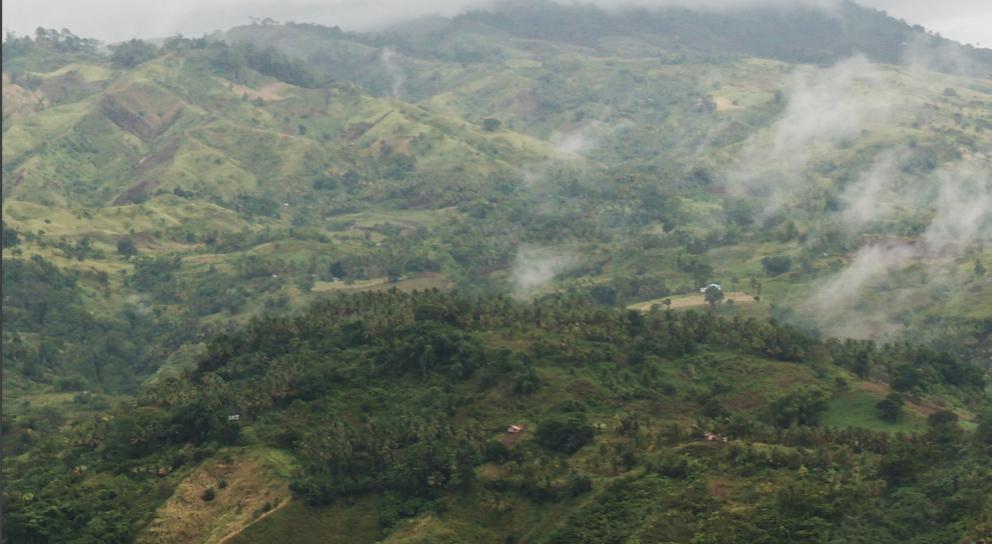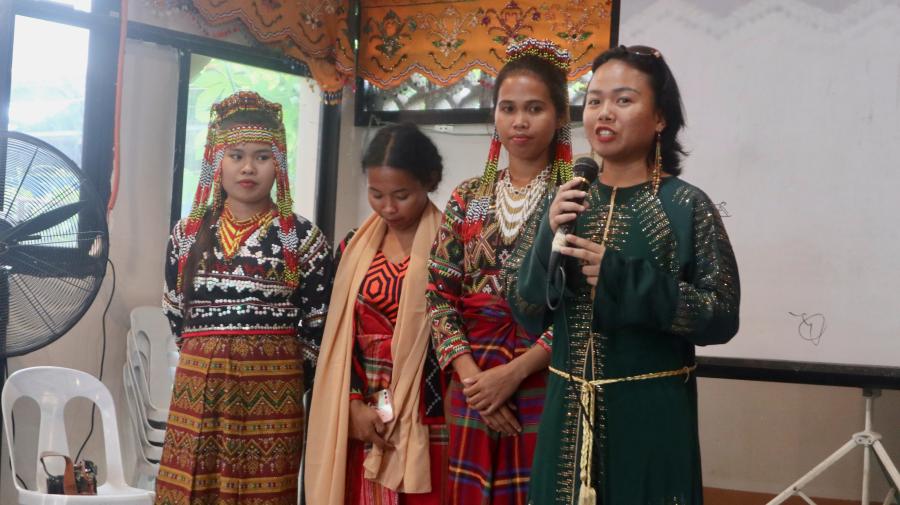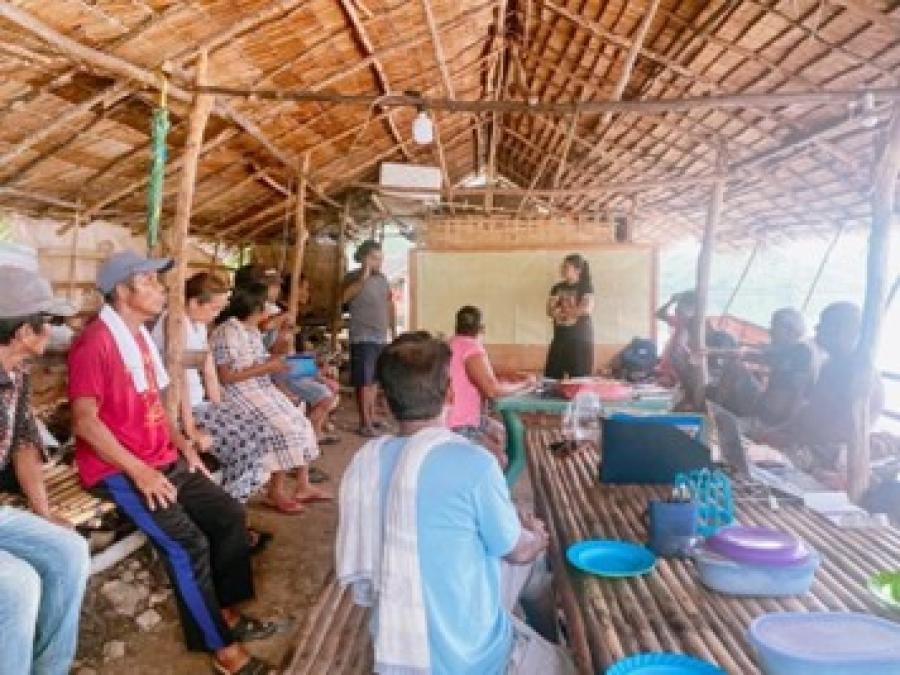
Across the world, Indigenous Peoples are turning to history and memory for solutions to today’s pandemic crisis. Among them are the Teduray and Lambangian Peoples in the Philippines, who recall the dulet, a highly transferable disease with a similar transmission profile to COVID-19.
Indigenous Peoples responded to the dulet with a form of social distancing called demales, leaving their homes to “stay with nature”: fanning out in small groups to hunt, fish, and gather while only communicating by shouting from separate hilltops. Where American and European societies have worried that their stay-at-home orders will cause a widespread mental health crisis, demales is a way to regain physical and psychological well-being, strengthen family relations, and ease emotional tensions during crisis. Demales is voluntary and palliative, not enforced and punitive.
This perceptual difference is the heart of the comparison between dulet and COVID-19, as framed by Alim “Kim” Bandara, the author of a recent article on the subject. In Teduray and Lambagian history, the dulet was not a biological enemy. It was symptomatic of a buneg, a broken relationship between humanity and nature. “In the Teduray and Lambangian world view, humans are part of nature and the natural environment is the extension of body and life. This means that a healthy ecosystem nurtures human life that brings forth healthy communities with good well-being,” writes Bandara. Conversely, a broken ecosystem brings the dulet. It is therefore not surprising that the Teduray and Lambandian Peoples’ approaches to this pandemic are not preoccupied with individual or community health. They seek to address the entire ecosystem.
In the Philippines, the ecosystem is undeniably broken in ways which exacerbate the pandemic’s impact. The expansion of industrial fishing and agriculture—accompanied by widespread chemical usage, heavy machinery, and massive logging—has destroyed huge swathes of nurturing land. Forced takeovers have further carved away at Indigenous land. Armed conflicts have forced over 1,000 civilians to flee their homes in the midst of a pandemic, carrying the virus with them as they scatter. “In the end, peace is nowhere to be found,” writes Bandara, “We have long been witness to systemic violence and aggression. Peace is transformed to mean fear and loss of freedom and rule of law that supposedly serves its constituents. The barrel of the gun became the new form of power in these conflict areas.”
Fighting the coronavirus cannot be extricated from repairing this damage. “The role of nature in responding to emergency situations was once again tested by COVID-19. This time, it was proven too weak to respond,” laments Bandara, “In the past fifty years, the mountains, forests and rivers have been severely damaged with no signs of recovery in sight.” Yet, she remains optimistic. By embracing Indigenous and Traditional Knowledge, the dependency-inducing distribution of relief goods can be rethought to support rural and Indigenous food sovereignty. Communities—Indigenous and non-Indigenous alike—can extricate themselves from acquisitive and aggressive cash-driven economies and learn from sulagad, an environmentally sustainable way of living. The virus itself can be combated using a combination of protocols, old and new. And, as Bandara says, “it is still not too late to mend humanity’s relationship with nature amid the globalization of the modern lifestyle. In the ancestral domains of Indigenous peoples, there still remain covers of forests and free-flowing rivers and creeks. However, if we do not push for changes today, tomorrow may be too late.”



